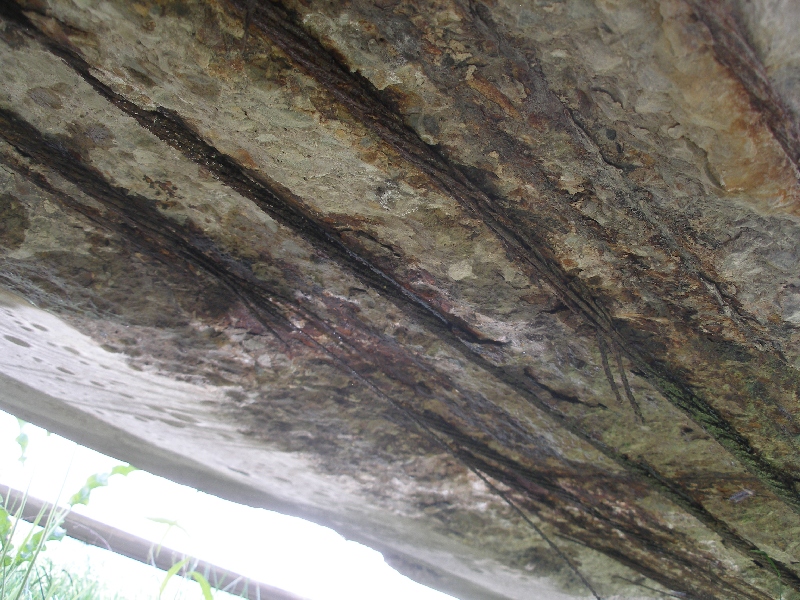|
Contact Information
Links
Current Research:
EIT Demonstration Project and Workshop
NSF: Development of a Blast and Ballistic Resistant Precast Concrete Armored Wall System
NEES-CR: Impact Forces from Tsunami-Driven Debris
Inspection Methods & Techniques to Determine Non Visible Corrosion of Prestressing Strands in Concrete Bridge Components
Daniel P. Jenny PCI Fellowship: Analytical Assessment of the Resistance of Precast Strucutres to Blast Effects
Development of a Seismic Design Methodology for Precast Diaphragms
Use of Polyurea for Blast Hardening of Concrete Construction
Estimation of Concrete Respone Under Varying Confinement
Past Research Projects
Performance of Bulb Tees with Self Consolidating Concrete
Evaluation of Bond Mechanics in Prestressed Concrete Applications
FRP Bridge Decks with RC
Parapets
Blast Resistance of a Load
Bearing Shear Wall Building
Lehigh@NEES
Equipment Site
Reserarch Experinece for
Undergraduates
Seismic Evaluation of a Three Story
WoodFrame Apartment Building with Tuck-Under Parking
Design of RC Bridge Beam-Column
Connections
Response of Waffle Slab
Building Systems to Seismic Loads
|
Pennsylvania Department of Transportation Project:
Inspection Methods & Techniques to Determine Non Visible Corrosion of Prestressing Strands in Concrete Bridge Components

Figure 1: Bottom flange of PS box beam with heavy strand corrosion
Laboratory Invitation Letter to NDE Colleagues by Professor Pessiki
Download (14Mb)
Executive Summary
Recent catastrophic failures of prestressed precast box beam bridges have occurred in a number of states
in the north east region of the United States. The most recent involved the failure of the Lake View Drive
Bridge over Interstate 70 near Pittsburgh Pennsylvania. On December 27, 2005 the east-side fascia beam
failed near midspan and fell to the highway below. No impact from traffic on the highway
below or overload of the bridge itself was reported. Inspection of the failed member revealed heavy
concrete spalling and corrosion of the strands on the bottom flange of the non-composite prestressed
concrete box beam. Additional corrosion was revealed on other box beams and the bridge was
subsequently removed from service.
Forensic investigation of the beams conducted by Lehigh University revealed a significant level of
damage that would otherwise not have been uncovered in a traditional inspection. Conventional bridge
inspection consists of rating the extent of damage present based on a visual inspection. This is dependent
on the type and amount of signs on the surface of the member. In some cases the significant internal
damage can be present with minimal indicators.
In response to the collapse of that bridge, PennDOT has revised the NBIS inspection and rating
requirement and procedures for this type of bridges and has put this type of bridges on high alert list for
inspection and evaluation. However, the current inspection procedures are still based on visual inspection
on the pavement and the bottom of the beams. Although some strand corrosion/deterioration symptoms
can be identified from the cracks on the beams, loss of camber, and exposed strands, exact strand
conditions cannot be quantified for evaluations and ratings for most bridges. Considering more than 140
bridges of the same construction type are in service in Pennsylvania alone, an efficient nondestructive
(ND) method needs to be used to determine the condition of those bridges, so as to prioritize the
repair/replacement.
Pennsylvania owns more than 900 prestressed concrete box-beam bridges. Most of them are composite
construction with concrete deck on top. Although they are not as critical as non-composite box-beam
bridges, condition of the prestressed strands is still a controlling element of the bridges’ load carrying
capacity. The ND method developed for the non-composite bridges may also be used for the composite
bridges, thus providing enhanced inspection techniques for a wider variety of bridges.
The purpose of the proposed research is to develop inspection methods, techniques, and equipment to
detect and evaluate corrosion in reinforcing steel in concrete bridge structures. The focus of the proposed
research is the detection and evaluation of corrosion in prestressing steel in prestressed concrete bridge
beams. The work will seek to: (1) develop inspection methods, techniques and equipment to detect and
evaluate corrosion that is otherwise undetectable by visible inspection methods; and (2) seek to further
refine visual inspection methods that correlate external observation and simple materials testing (e.g.
chloride content, depth of carbonation, etc.) with the extent of corrosion.
Research Team
Associate Professor Clay Naito (PI)
Professor Stephen Pessiki
Professor Richard Sause
Research Engineer Ian Hodgson
Student Researcher Jordan Warnke
Sponsors
PennDOT Bureau of Planning and Research
Publications
Naito, C., Sause, R., Hodgson, I., Pessiki, S., Desai, C., "Forensic Evaluation of Prestressed Box Beams from the Lake View Drive Bridge over I-70:
Final Report," ATLSS Report No.06-13, ATLSS Center, Lehigh University, September, 2006, 62 pages.
(Available Via PennDOT)
Page Last Updated Monday, 22-Sep-2008 10:11:01 EDT
|


